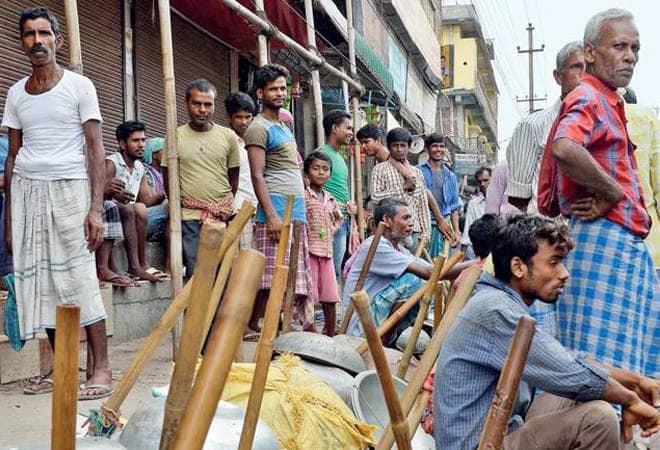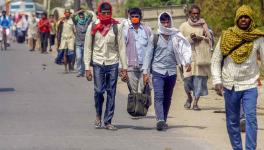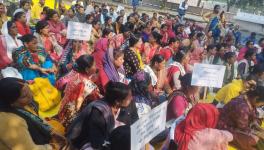Daily Wage Earners Made up the Largest Share of Total Suicides in 2020: NCRB Report

Representational Image. Image Courtesy: Business Today
Daily wage earners made up the largest share of total suicides in 2020, followed by self-employed and unemployed individuals, according to the latest data from the National Crime Records Bureau (NCRB).
As per the report titled 'Accidental Deaths & Suicides in India 2020,' suicides in India increased by 10% from 2019 "to an all-time high of 1,53,052 in the pandemic year of 2020.". The highest percentage increase was seen in student suicides, with an increase of 21.20%. Along with that, the country's suicide rate- the number of suicides per lakh population- has also risen from 10.4% in 2019 to 11.3% in 2020.
The NCRB report divides suicides into nine different categories. The deaths are listed as daily wage earners, persons engaged in the farm sector, housewives, professional/salaries person, students, self-employed persons, retired and others.
The number of student suicides has been steadily increasing over the years. Student suicides increased from 10,335 in 2019 to 14,825 in 2020, with their share in total suicides going up from 7.4% to 8.2%, as per the NCRB report.
The daily wage earners accounted for the largest number of suicides in absolute numbers, at 37,666 in 2020. The share of this category in all suicides has increased from 12% in 2014 to 24.6% in 2020.
Since the first phase of lockdowns in India, daily wage earners have been among the people hit hardest by the pandemic. After the central government announced a nationwide lockdown in the third week of March 2020, all construction projects were halted, and repair work was indefinitely postponed. The daily wage earners, who are mostly migrants, struggled to survive and help their families. The shutdown of major industries left them without any income, making it difficult to pay for essential services. These issues, at the time, were reflected in one of the worst migrant crises in the nation's history.
Even as the lockdown was lifted, the daily wage earners were met with decreased demand for their services. The lack of government support for people employed in the unorganised sector further increased the livelihood issues for daily wage earners as they struggled to support their families.
While the report didn't highlight COVID-19 as the reason for the 14% increase in suicide among daily wage earners, officials said that "the lack of livelihood and income during the lockdown could be among the factors responsible for the spurt."
The NCRB report shows that among the total number of male suicides, the maximum number is of daily wage earners (33,164), followed by self-employed persons (15,990) and unemployed persons (12,893). Among females, the highest number comes from housewives (22,372), followed by students (5,559) and daily wage earners (4,493).
The report also highlights the economic status of the victims. 63.3% (96,816) of suicide victims had an annual income of less than Rs 1,00,000.
Get the latest reports & analysis with people's perspective on Protests, movements & deep analytical videos, discussions of the current affairs in your Telegram app. Subscribe to NewsClick's Telegram channel & get Real-Time updates on stories, as they get published on our website.
























